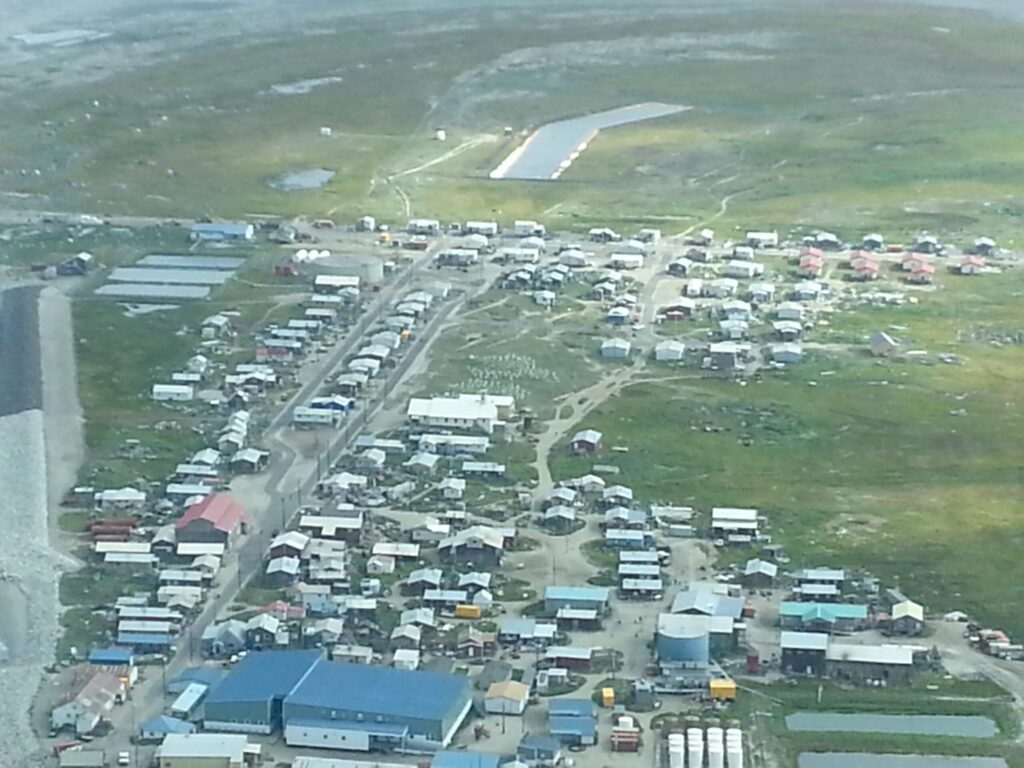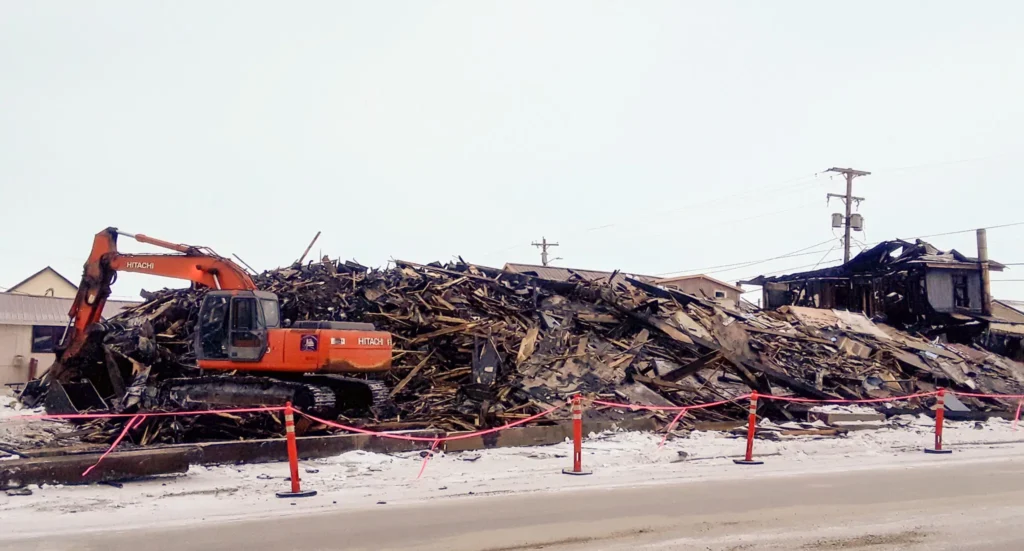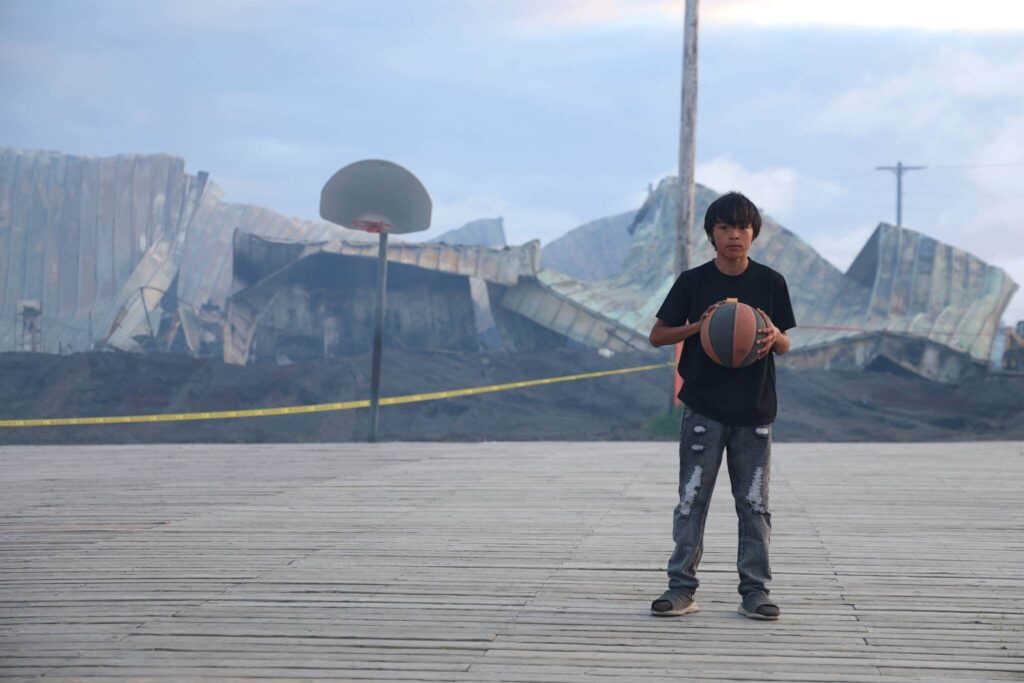Since yesterday, nineteen new fires have started west of the Yukon River in the Galena zone, an area of about 93 million acres. These latest blazes raise the current number of active wildfires in Alaska to about 50.
Beth Ipsen is the spokesperson for Bureau of Land Management’s Alaska Fire Service. Ipsen says these fires extend from Southwestern Alaska to the North Slope.
“Many of these fires were discovered along the Western coast from Unalakleet to Point Romanof. When Galena sent out an aircraft to fly, it’s called a detection flight,” explained Ipsen. “So, when we get a rash of lightning that runs through an area and it’s not accompanied by a lot of rain, then they’ll fly the area to see if there’s any new wildfires.”
In order to combat 49 currently active wildfires throughout the State, additional smoke jumpers and firefighting resources are coming up from the lower 48. Ipsen says around 20 smoke jumpers from Boise, Idaho, should be in Alaska sometime today.
“We’re also bringing in some of the type-2, emergency firefighter village crews,” said Ipsen. “I know that we should have one from Grayling that will be going out to the Deadman’s Slough fire near Anvik in the next day or two.”
Less than three miles away from Anvik, the Deadman’s Slough fire has spread to around 420 acres since Monday. Ipsen says the crew fighting this fire has increased in number and has contained 30% of the fire.
“We have 33 people on the fire right now, including the eight smoke jumpers and the Interagency hot shot crew that are concentrating on making sure that it doesn’t get to the village. But, now, they are also focusing on putting the fire out,” Ipsen stated.
The National Weather Service has removed the red flag warnings from its website; however, Ipsen says there is still strong potential for more fires to start in these conditions.
“For Interior Alaska, the conditions are near red flag conditions but not quite, but that could always change. And usually, what red flag criteria is, you have to have temperatures of at least 75 degrees, a relative humidity factor of 25% or lower, and sustained winds of at least 15mph. So if you have all three of those at the same time, that’s when you have your red flag conditions.” Ipsen continued, “You can have near red flag conditions if one of those is just a little bit under.”
According to Ipsen, no injuries or building damages have been reported as a result of the fires in the Galena zone or the Deadman’s Slough fire. It is unknown as to when these fires will be put out.







